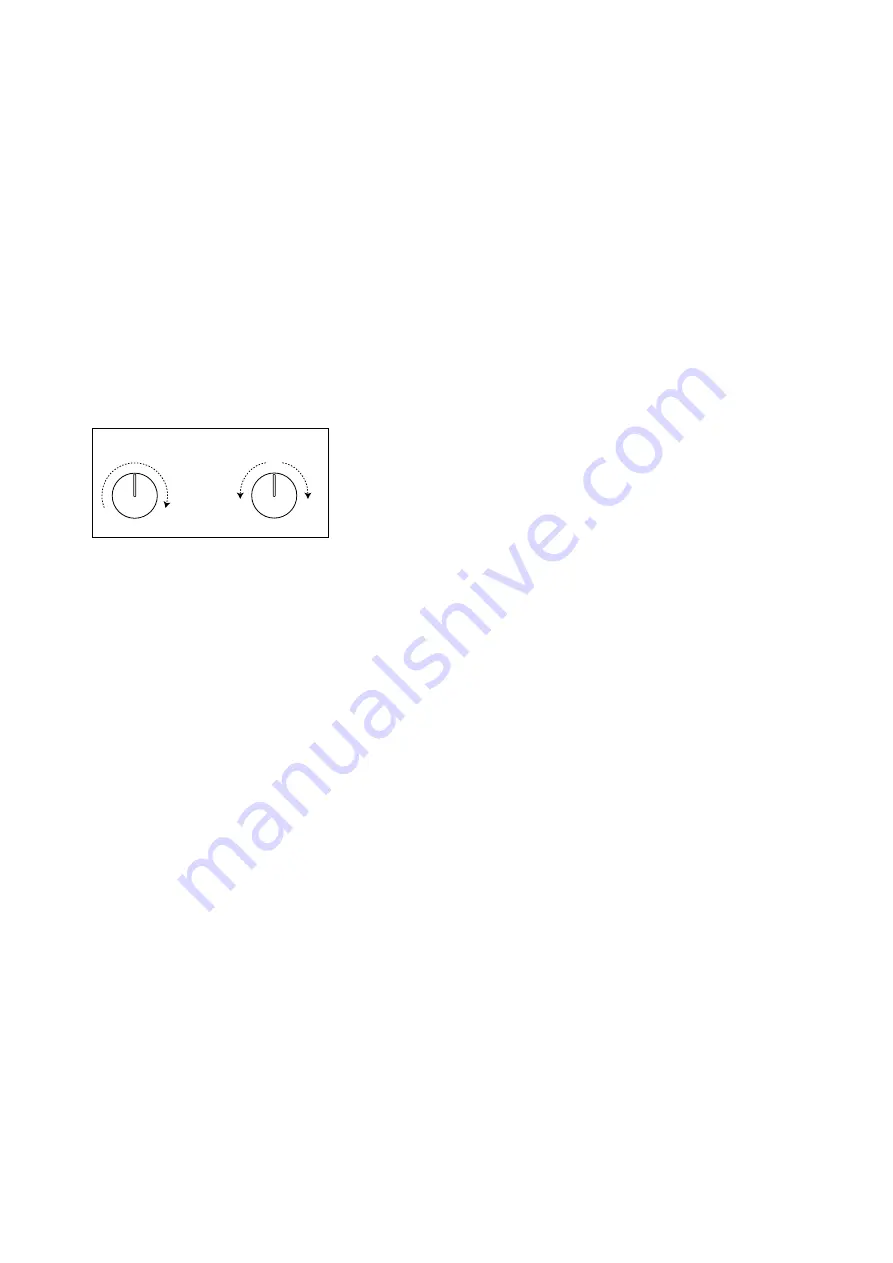
Getting Started
8
When running as a stand-alone application, this changes to the Clock parameter, which lets you choose the MIDI clock
source (
Internal
,
External
, or
Auto
).
Tempo
[40…300]
This is the stored tempo for the Performance. It applies only if Sync To Host is
Off
(when running as a plug-in) or when
Clock is set to
Internal
or
Auto
(when running stand-alone); otherwise, it is grayed out.
7: Mod Knobs
The Mod Knobs can control any number of parameters in any of the Layers; they will do different things depending on
the specific sound. The knob values are stored, and can themselves be modulated. You can use the Mod Knobs in real-
time performance, and also save the results as new sounds.
You can drag from the Mod Knobs (using their appear-on-hover drag handles) to modulate parameters in the main
part of the screen, or even other modulation parameters; see “Drag and drop modulation routings” on page 13. You
can also assign MIDI CCs to control the Mod Knobs; see “MIDI Learn” on page 14.
Each Mod Knob can be either unipolar (+) or bipolar (+/-); to change this, right-click/control-click (macOS) on the
knob to bring up a contextual menu. Use this same menu to change the Mod Knob names.
-100
+100
0
0
+100
+ (Unipolar)
-/+ (Bipolar)
8: Mod Inspector
This shows the modulation routings for the selected parameter. You can add or delete routings from the list, adjust
modulation intensity, and change the selected Mod Sources (including adding a second Mod Source for routings
created by drag-and-drop).



























